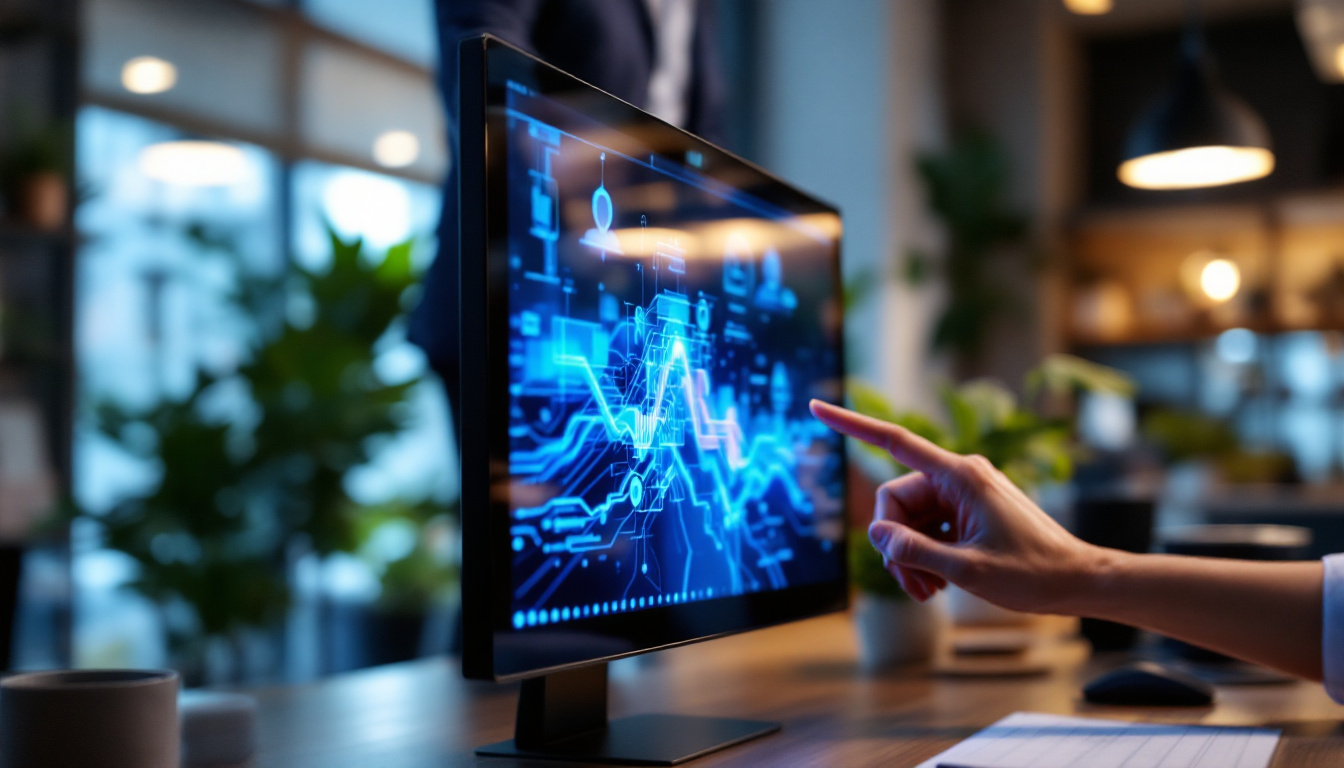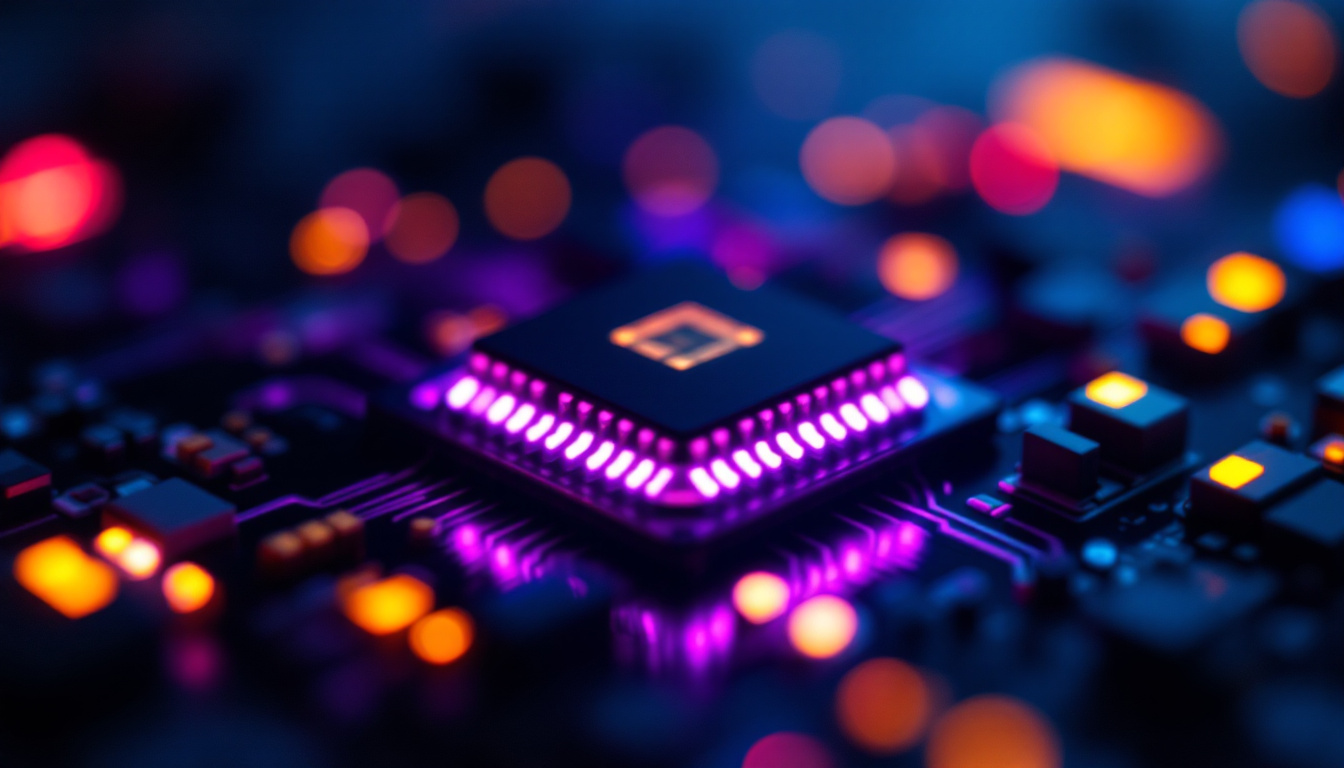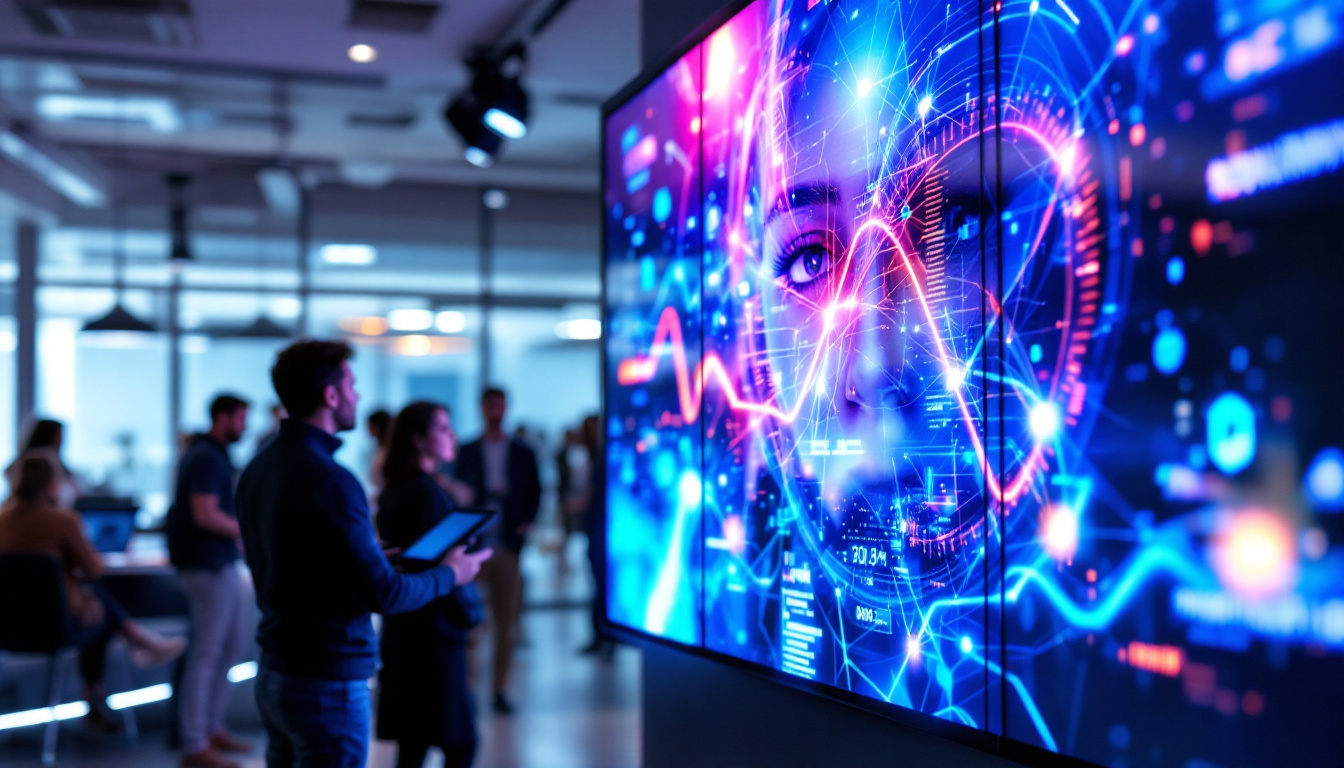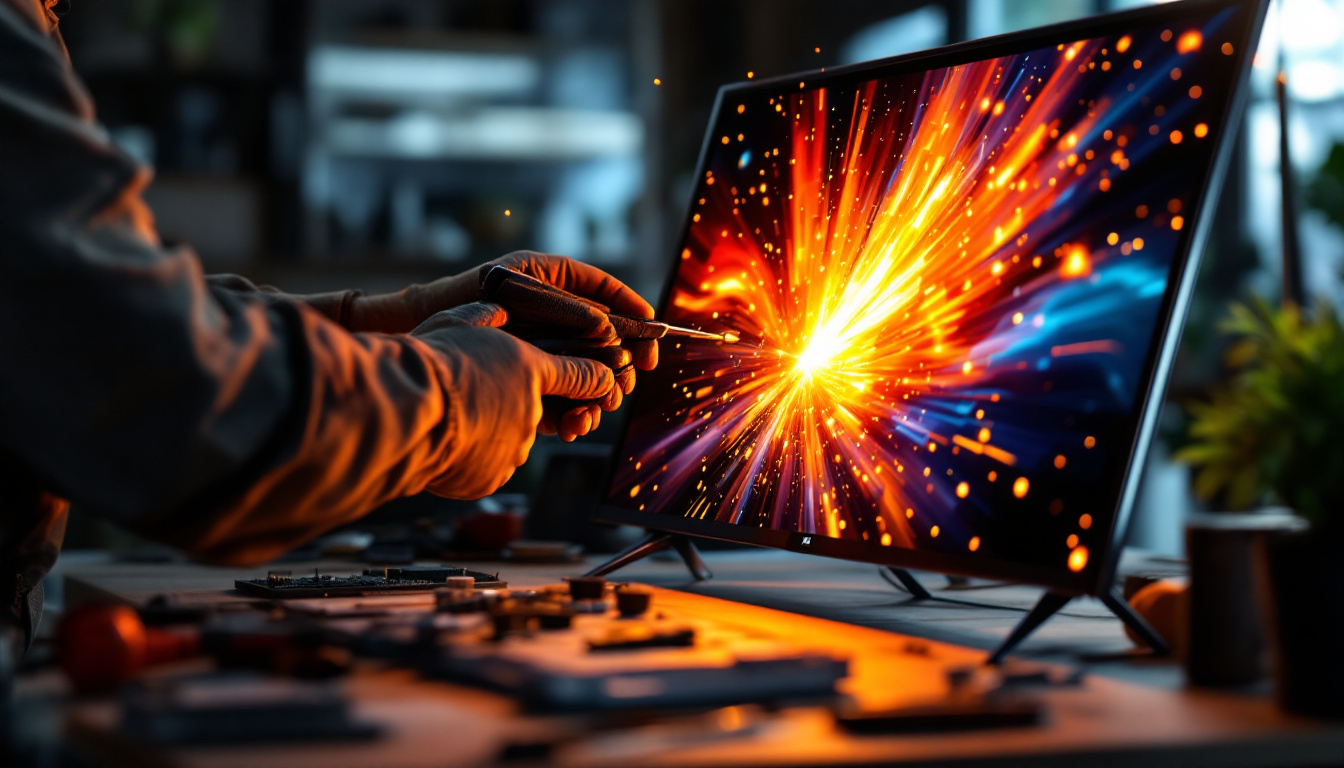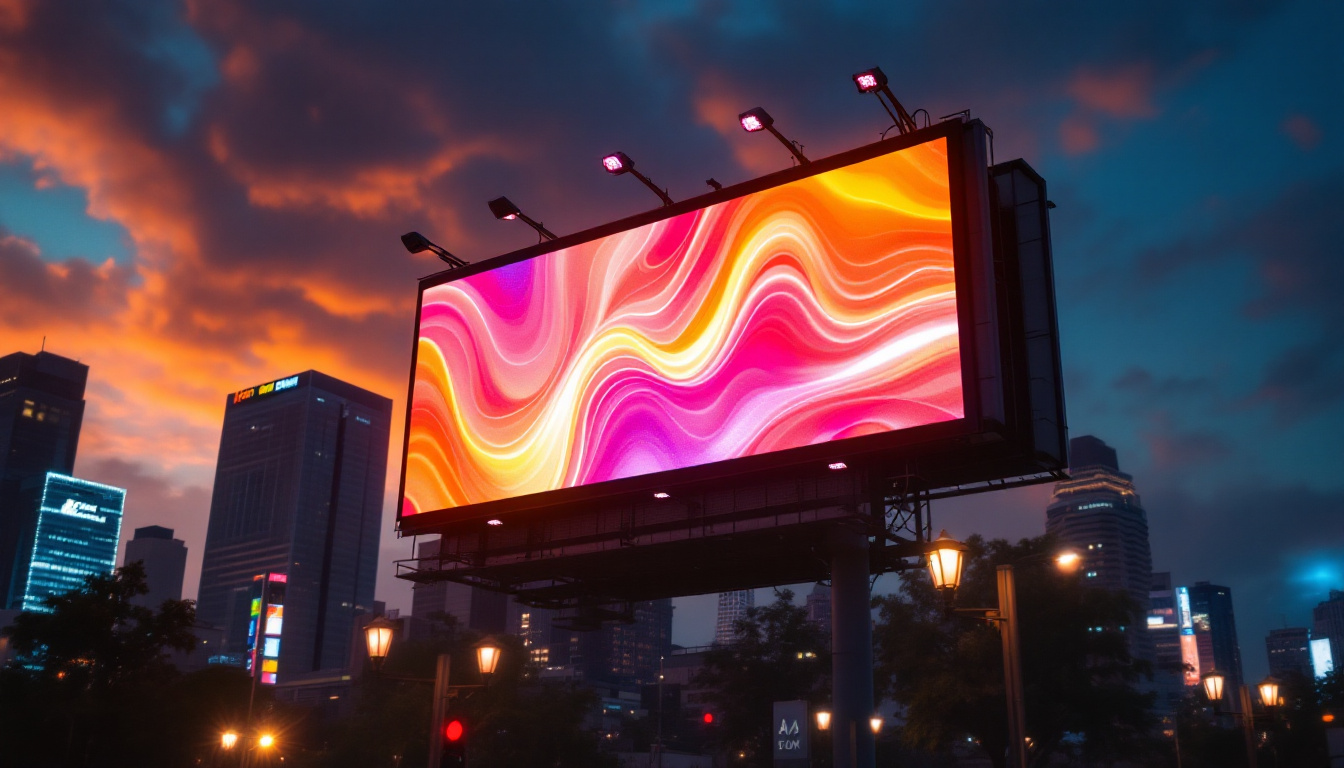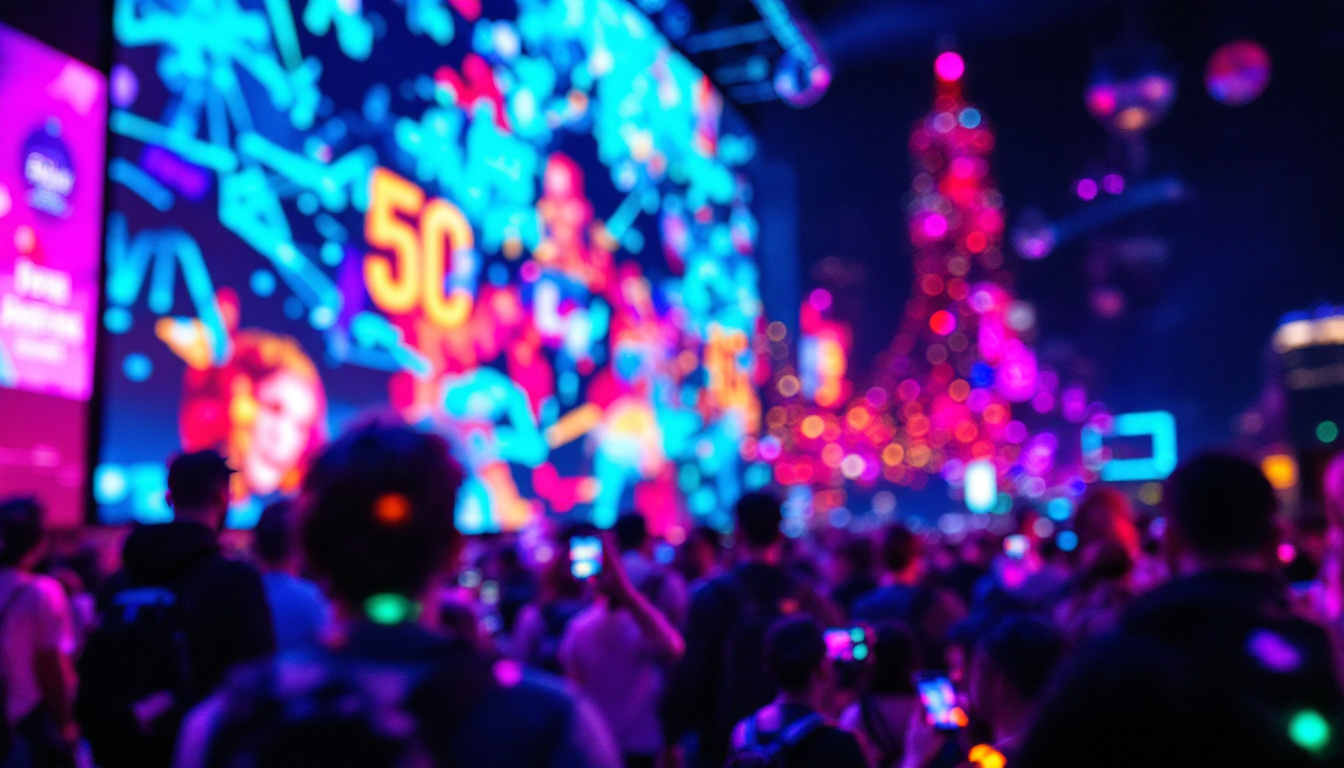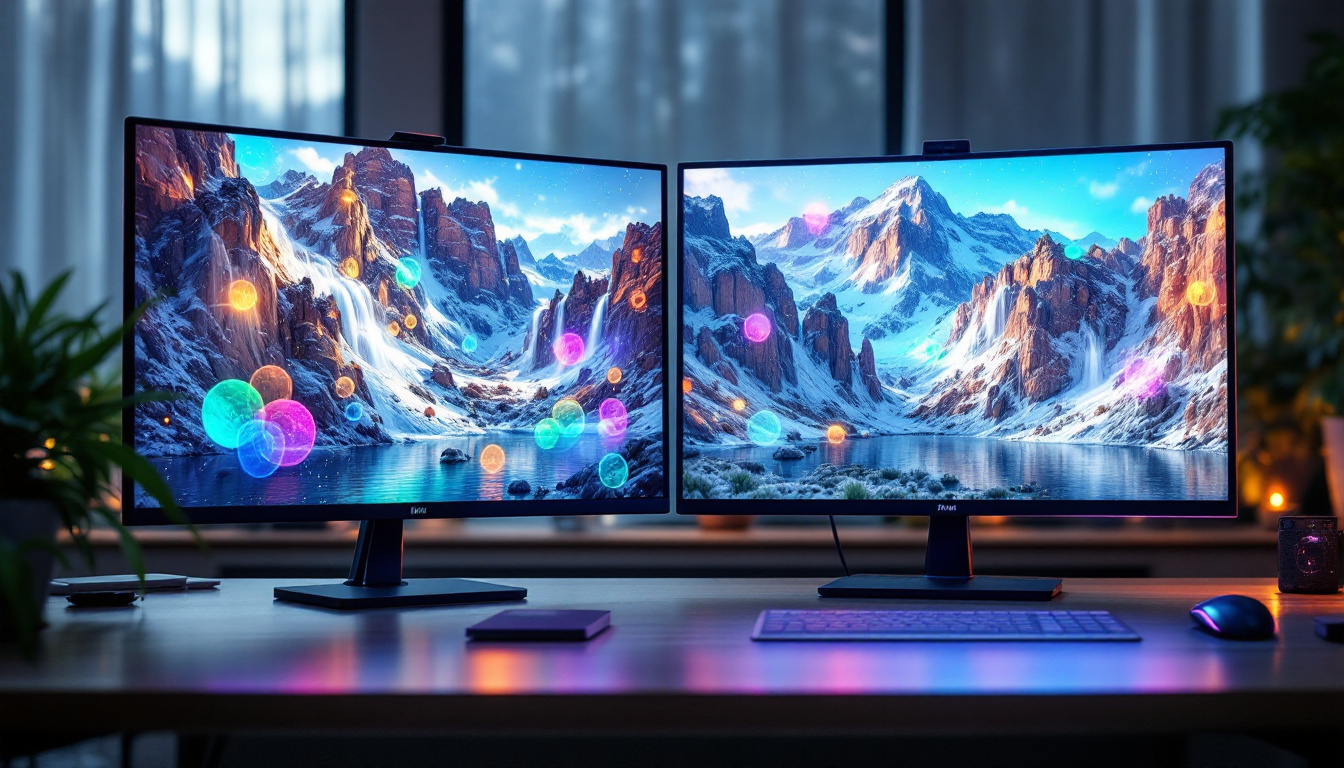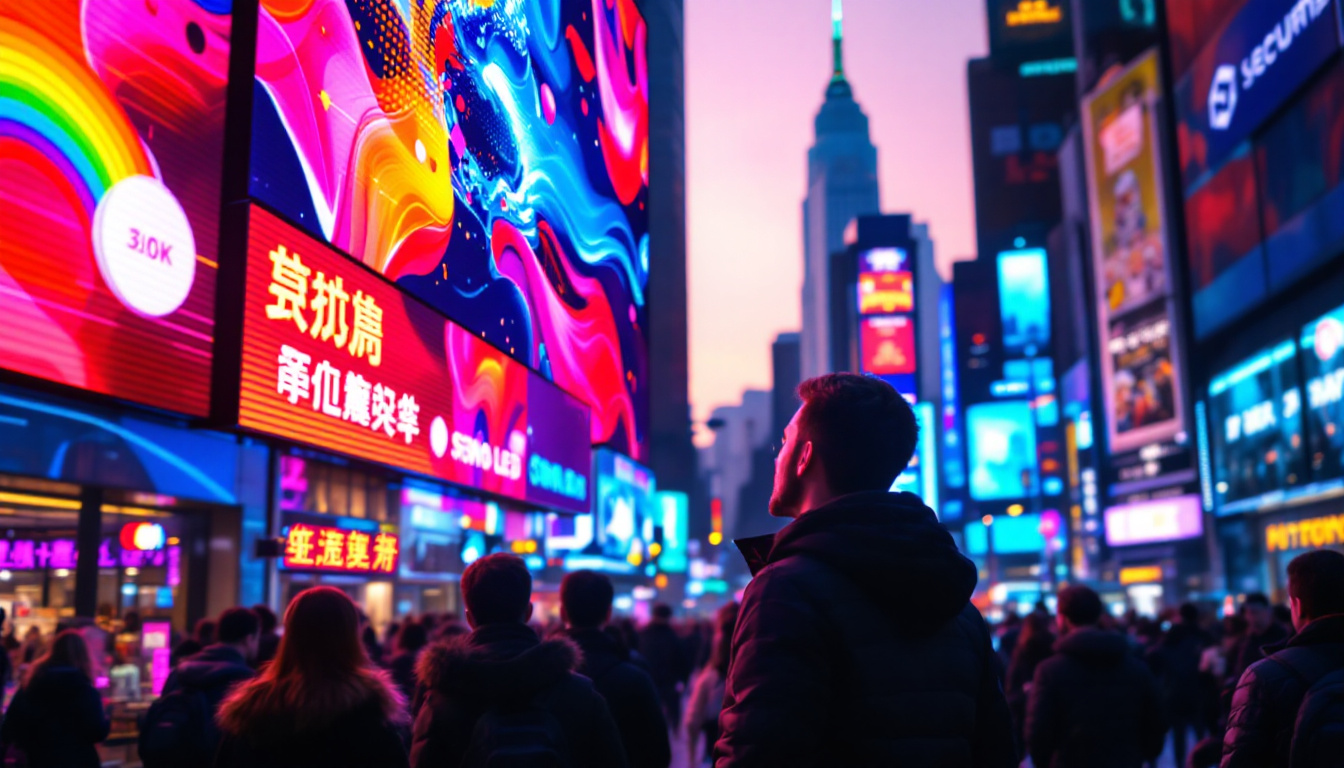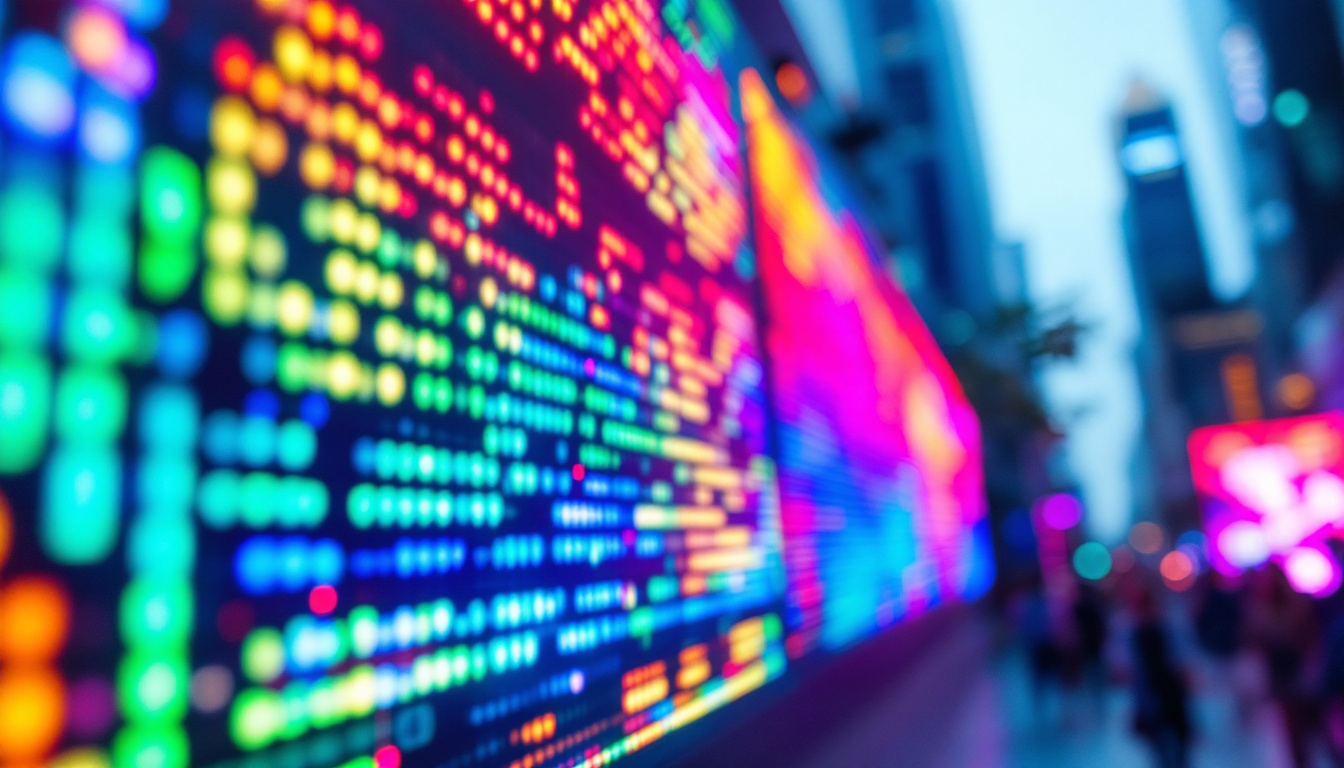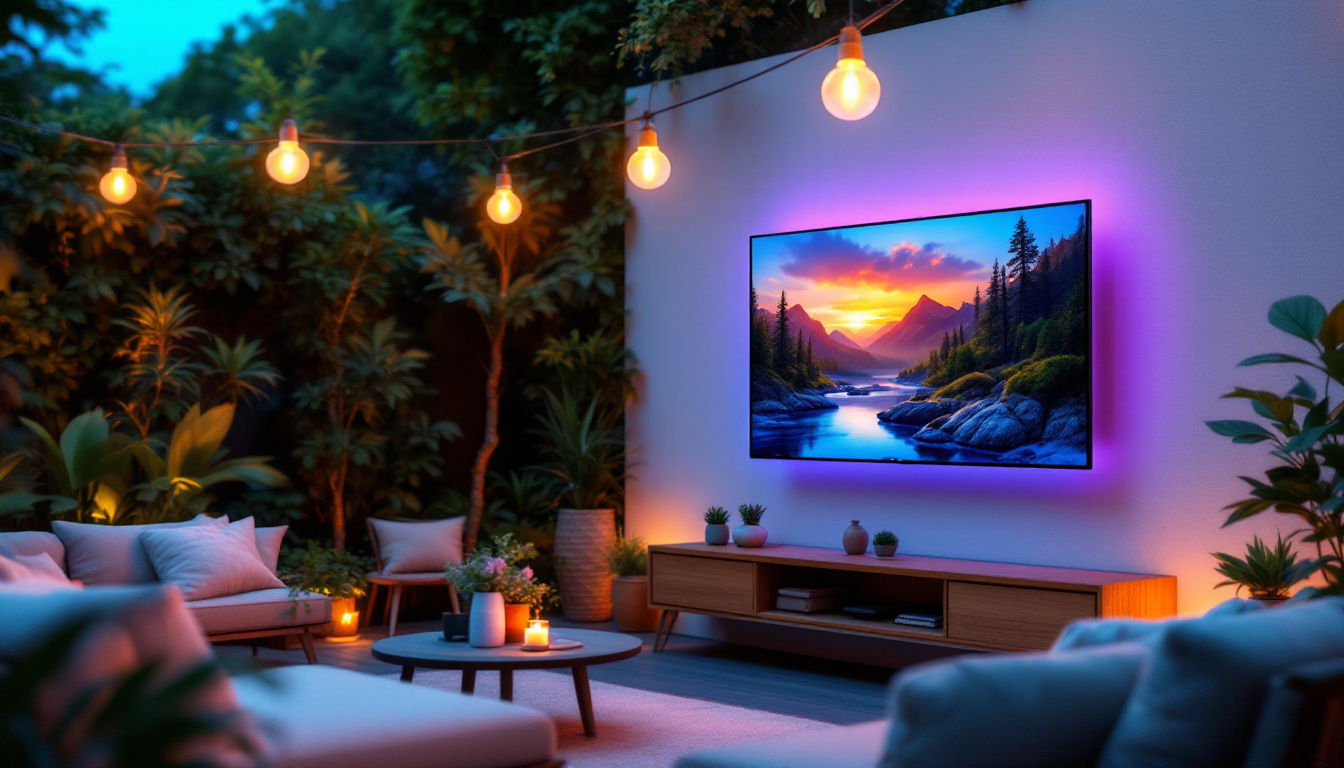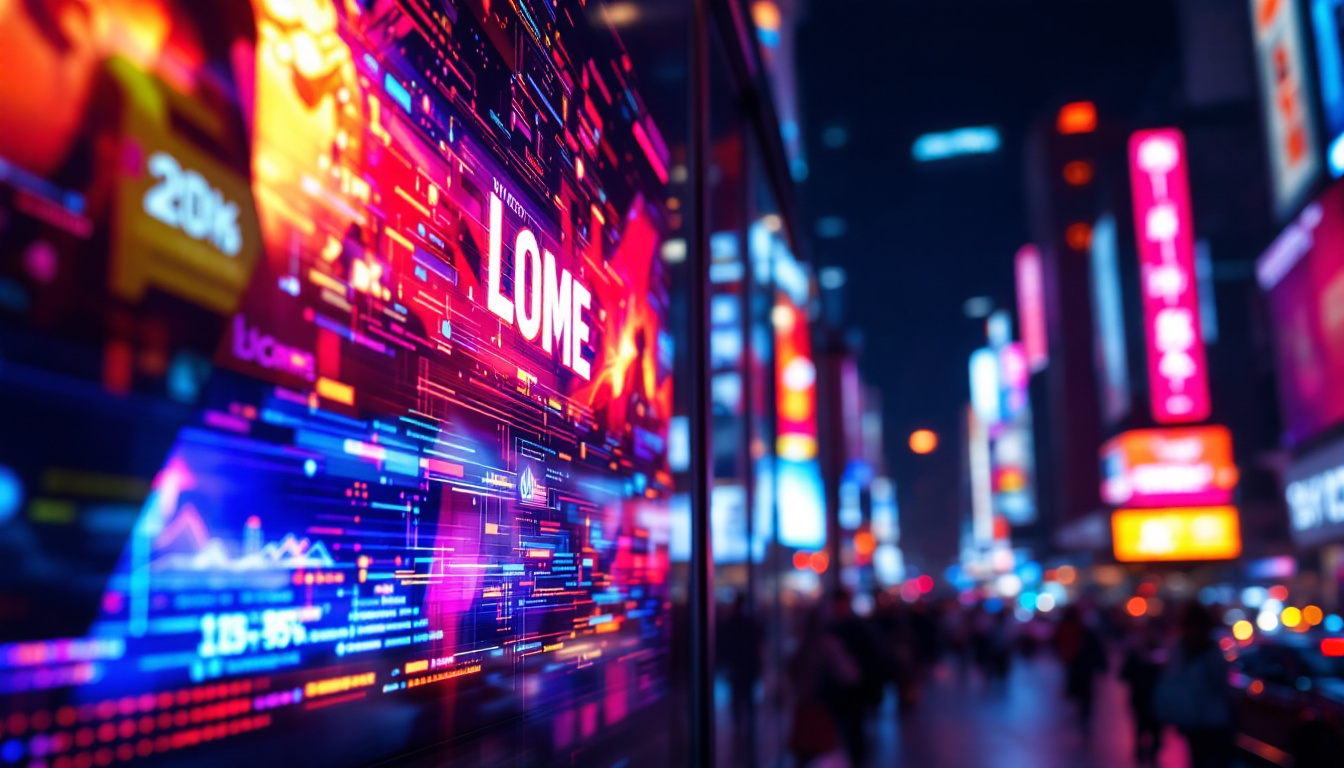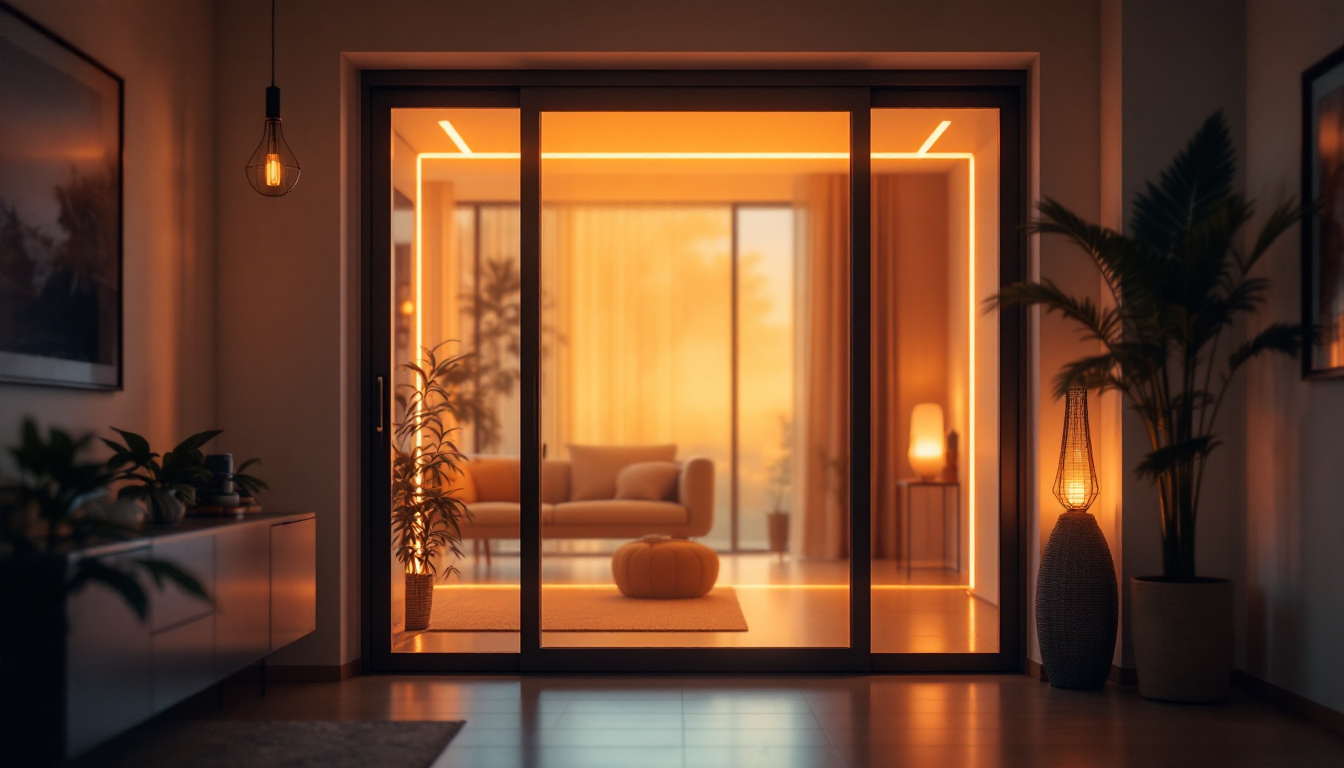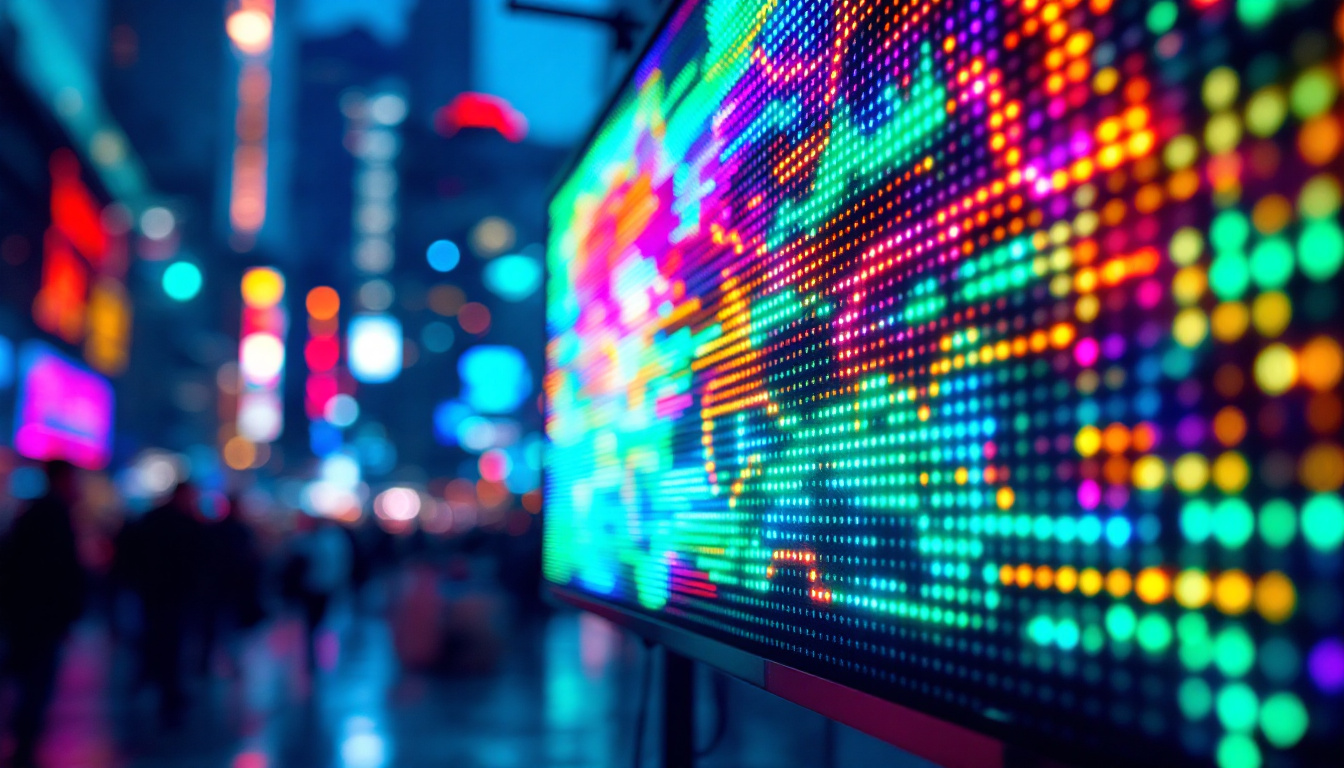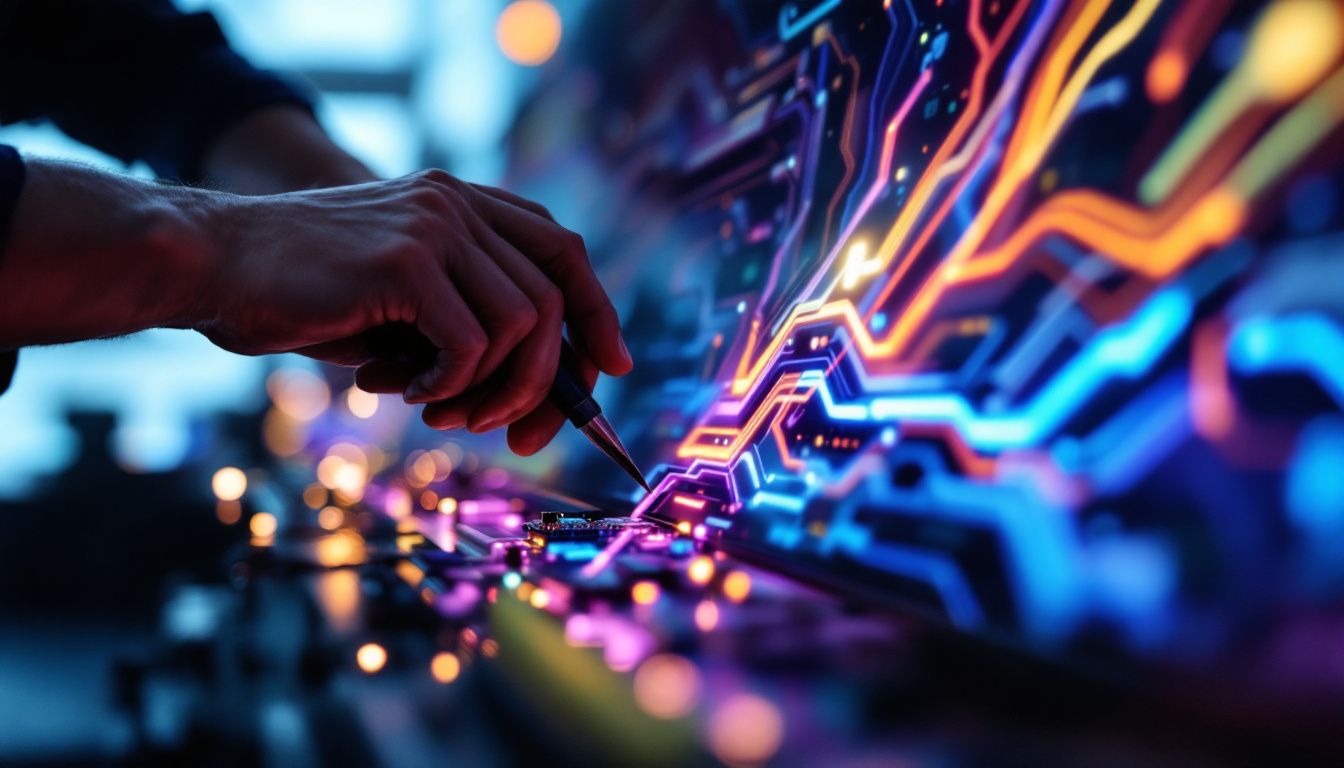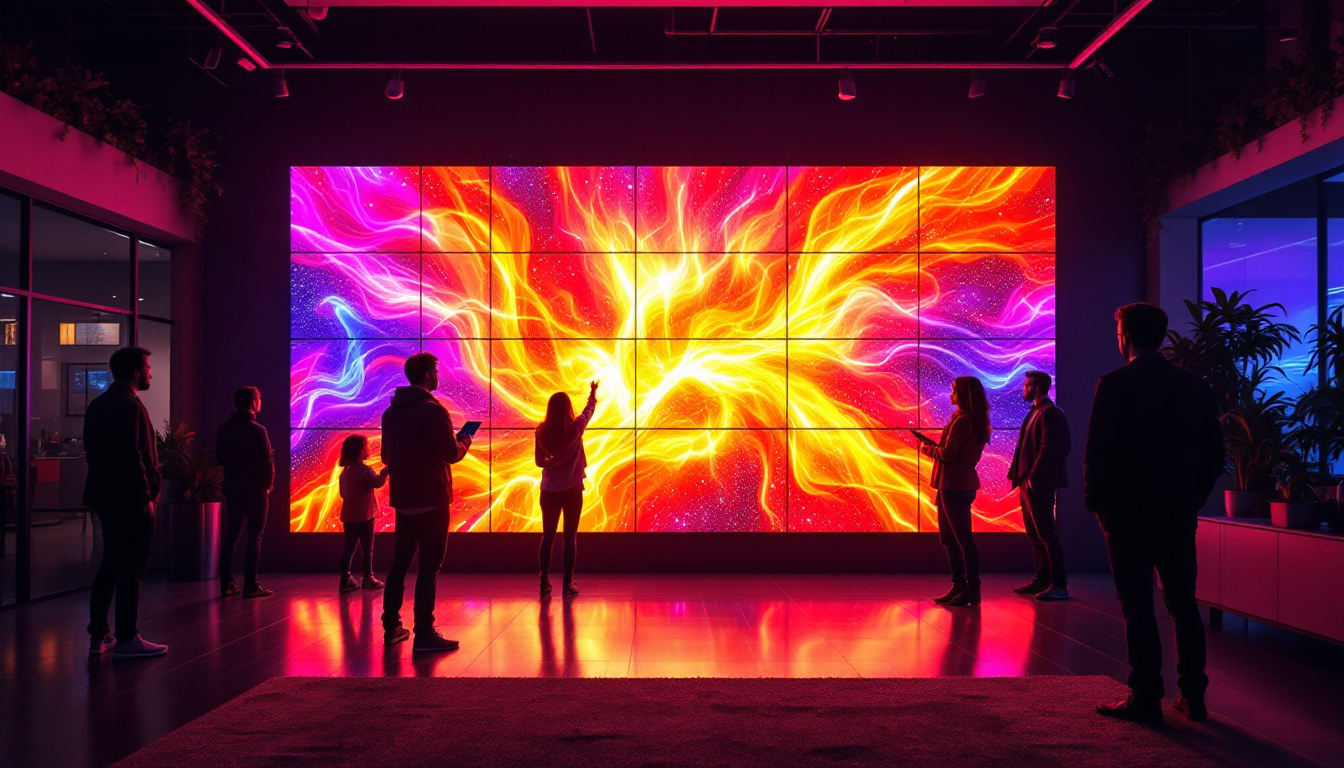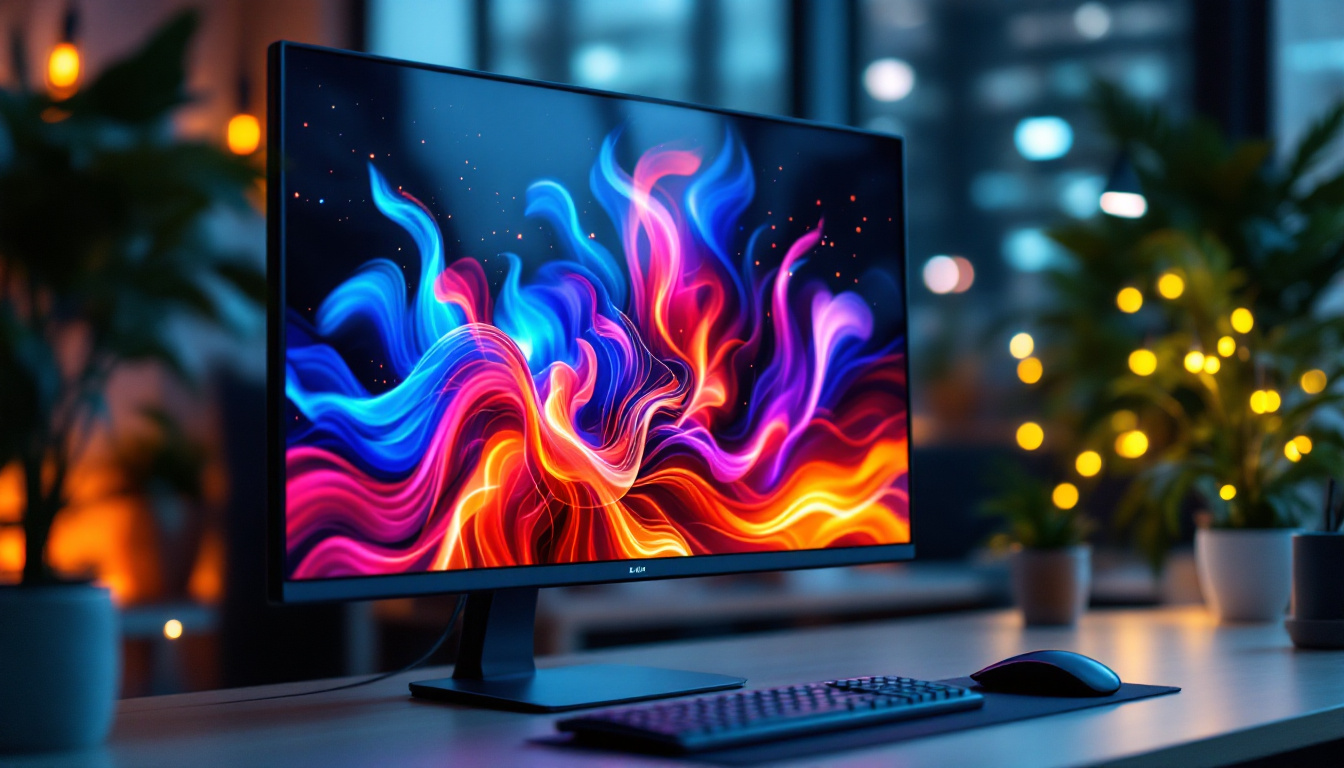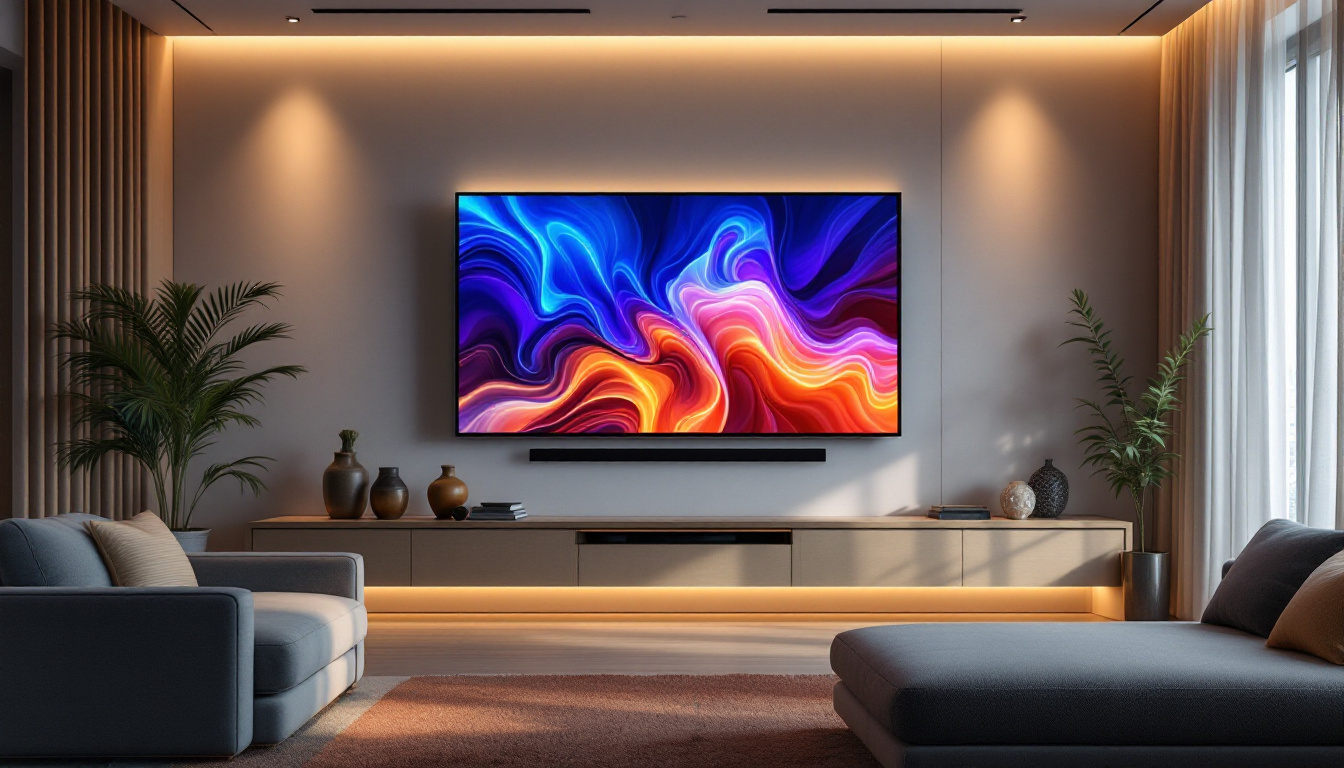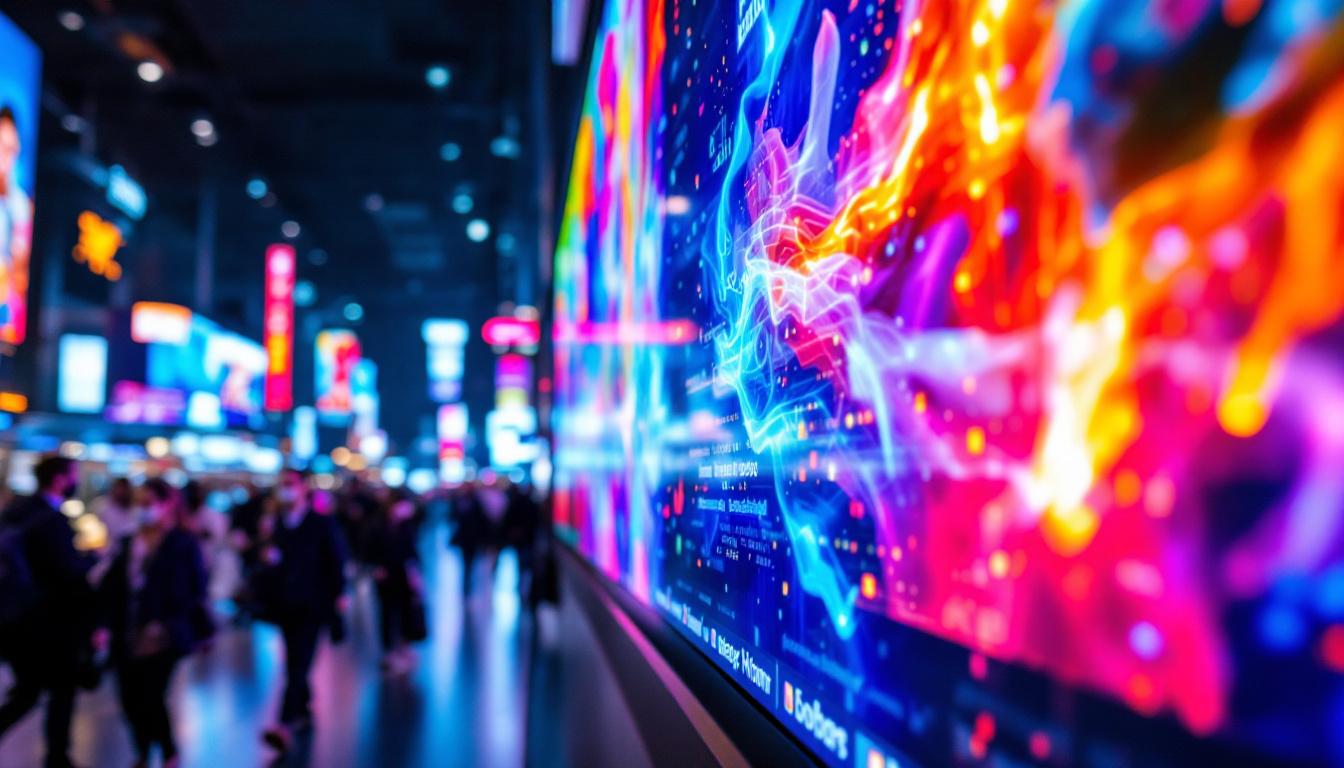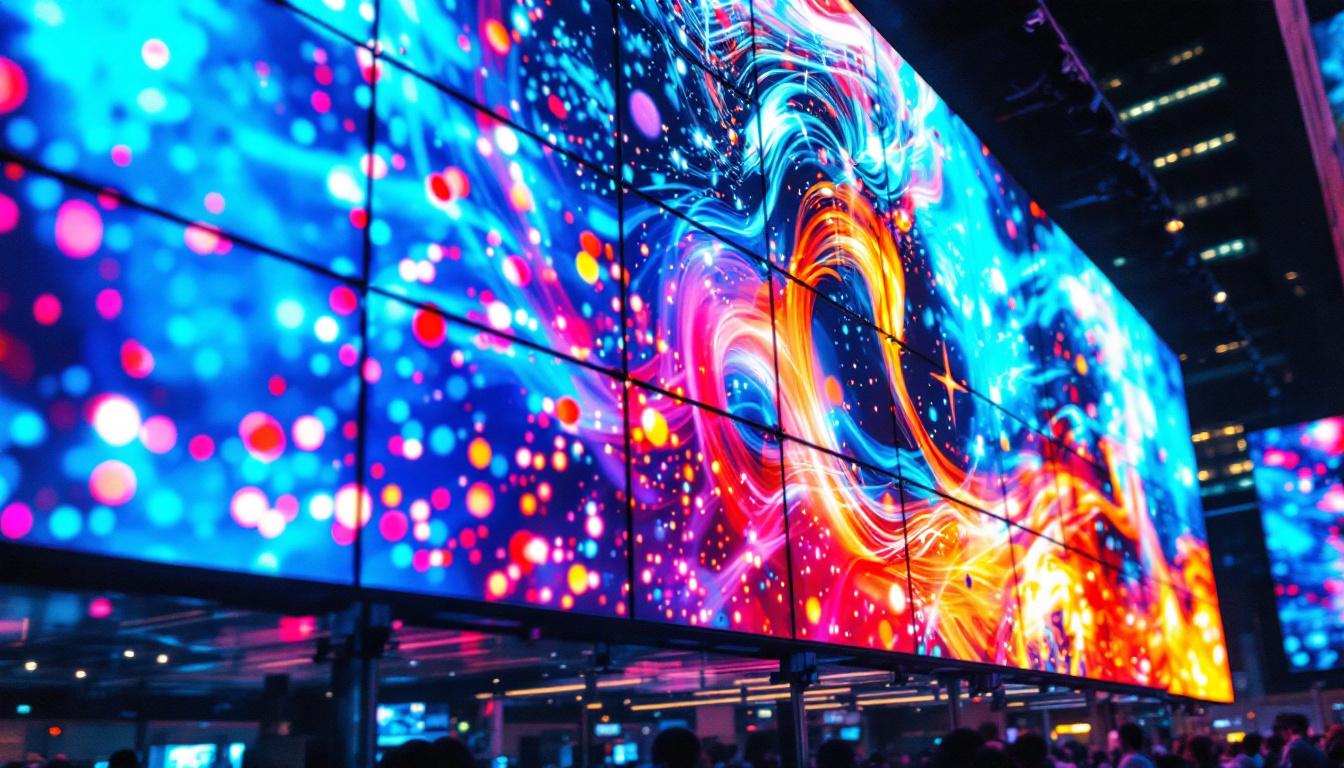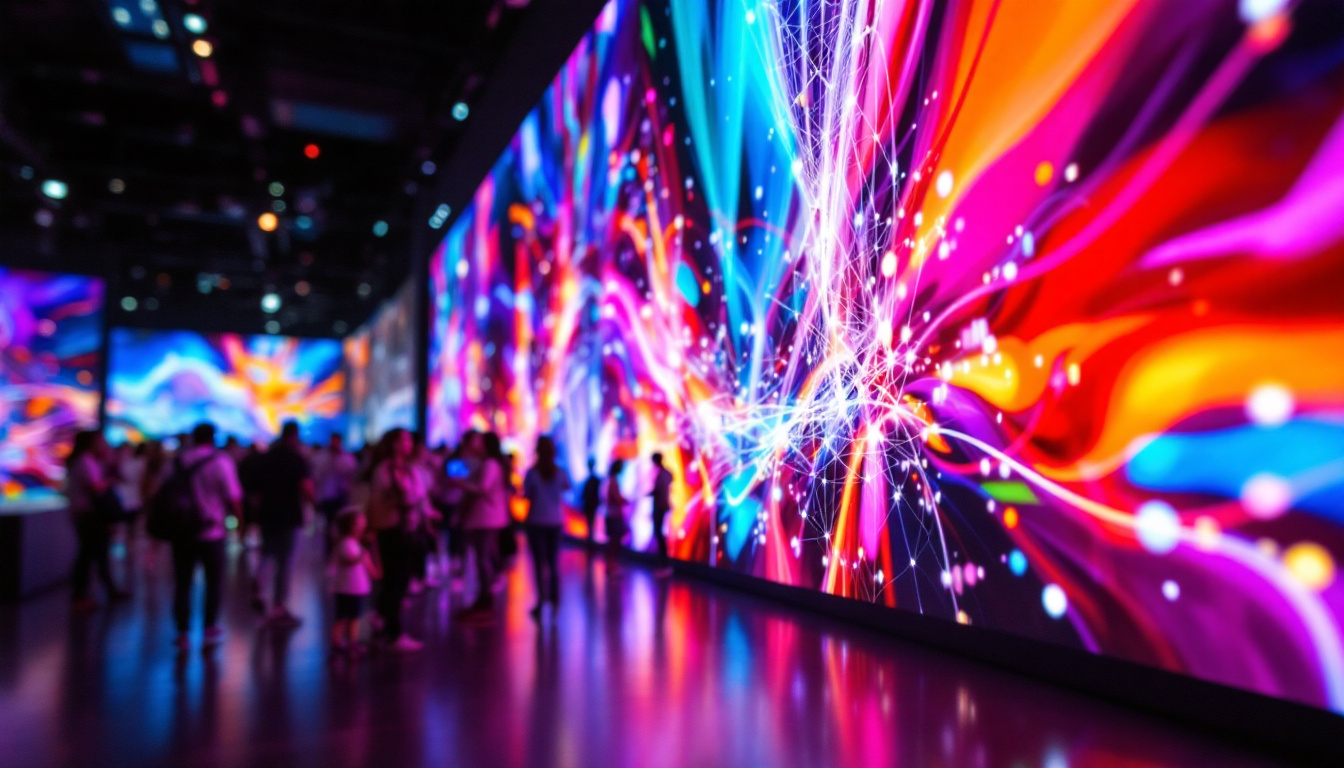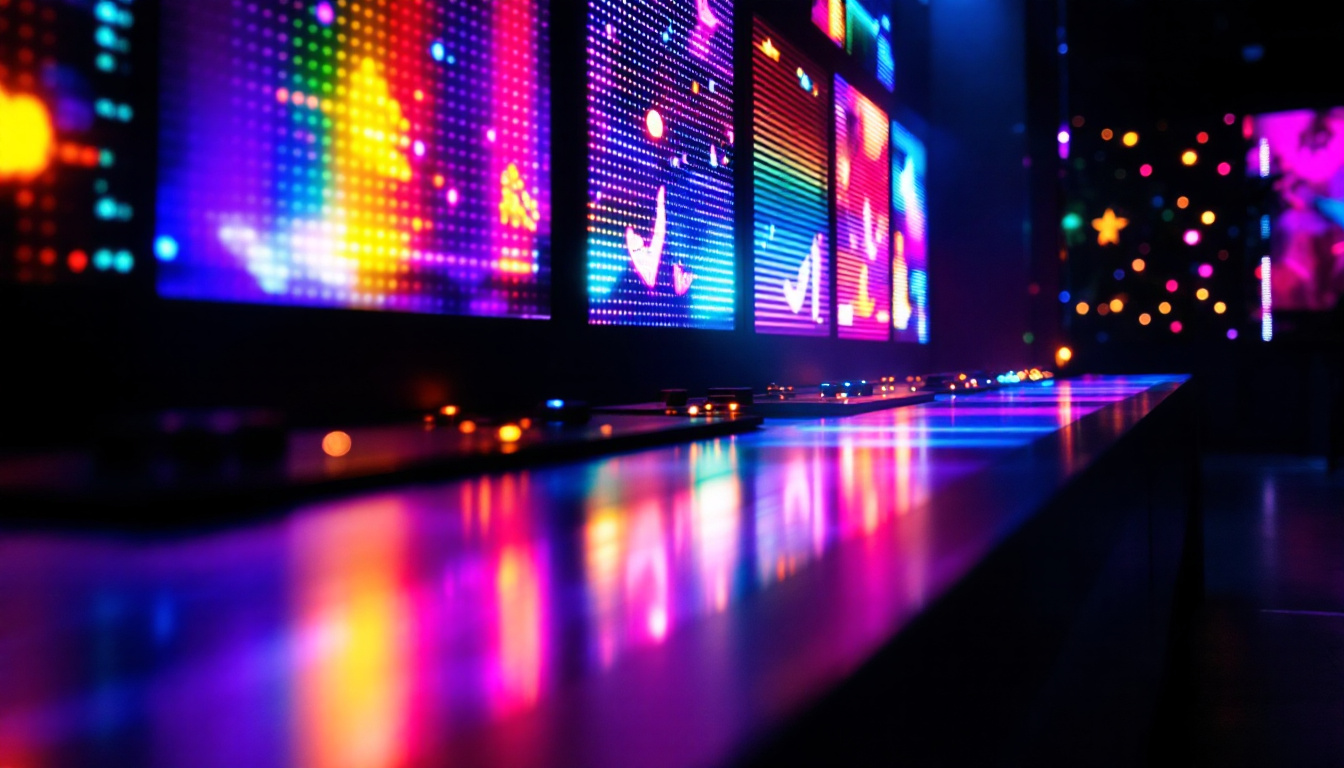In today’s fast-paced technological landscape, touchscreen display monitors have become a staple in various sectors, from education to healthcare and retail. These devices combine the functionality of traditional monitors with the intuitive nature of touch interaction, making them versatile tools for both consumers and professionals. This article delves into the intricacies of touchscreen display monitors, focusing specifically on LED technology and its implications for performance, usability, and design.
Understanding Touchscreen Technology
Touchscreen technology has evolved significantly since its inception, moving from resistive screens to more advanced capacitive displays. Each type of touchscreen offers distinct advantages and applications, influencing the choice of technology in various devices. The evolution of this technology has not only transformed consumer electronics but has also impacted sectors such as healthcare, automotive, and education, where intuitive interfaces are essential for user interaction.
Types of Touchscreen Technologies
Touchscreens can primarily be categorized into two types: resistive and capacitive. Resistive touchscreens operate through pressure applied to the screen, making them suitable for environments where users may wear gloves or use styluses. This makes them ideal for industrial applications, such as manufacturing and medical equipment, where precision and durability are crucial. Conversely, capacitive touchscreens detect touch through the electrical properties of the human body, allowing for multi-touch capabilities and a more responsive user experience.
Capacitive touchscreens are often favored in modern devices due to their superior clarity and responsiveness. They are widely used in smartphones, tablets, and many touchscreen monitors, providing a seamless interaction that enhances user engagement. Additionally, advancements in technology have led to the development of hybrid touchscreens that combine both resistive and capacitive features, offering versatility for specific applications while maintaining user comfort and accessibility.
Multi-Touch Functionality
One of the significant advancements in touchscreen technology is the introduction of multi-touch functionality. This allows users to interact with the screen using multiple fingers simultaneously, enabling gestures such as pinch-to-zoom and swiping. Multi-touch capabilities have transformed how users interact with digital content, making it more intuitive and efficient. The ability to manipulate content with gestures has made tasks like navigating maps or editing photos much more fluid, reflecting a shift towards more natural user interfaces.
In applications such as graphic design, gaming, and educational tools, multi-touch screens provide a richer experience, allowing for collaborative work and enhanced creativity. This feature has become a standard expectation in modern touchscreen devices. Furthermore, developers are continually exploring new gestures and interactions that can be integrated into applications, pushing the boundaries of how touchscreens can be utilized. As a result, the potential for innovation in user interface design continues to expand, promising exciting developments in the future of touchscreen technology.
LED Technology in Touchscreen Monitors
LED (Light Emitting Diode) technology has revolutionized the display industry, offering brighter, more energy-efficient screens. In touchscreen monitors, LED technology enhances visual quality and performance, making it a preferred choice for manufacturers.
Benefits of LED Displays
LED displays provide several advantages over traditional LCDs, including improved brightness, contrast ratios, and energy efficiency. The ability to produce vibrant colors and deep blacks enhances the viewing experience, making LED monitors ideal for a variety of applications, from professional graphic design to casual gaming.
Moreover, LED technology allows for thinner and lighter monitor designs, making them more portable and aesthetically pleasing. This is particularly important in environments like retail and education, where space and presentation matter significantly. The sleek design of LED touchscreen monitors not only saves space but also complements modern decor, making them a popular choice for high-end retail displays and interactive kiosks that engage customers effectively.
Energy Efficiency and Longevity
One of the standout features of LED displays is their energy efficiency. Compared to traditional display technologies, LED monitors consume less power, which not only reduces operational costs but also minimizes environmental impact. This aspect is increasingly important for businesses aiming to adopt sustainable practices. By choosing LED technology, companies can significantly lower their carbon footprint while also benefiting from government incentives aimed at promoting energy-efficient technologies.
Additionally, LED displays tend to have a longer lifespan compared to their counterparts. With proper care, they can last for many years, providing a reliable solution for users who require consistent performance over time. The durability of LED technology means that users can enjoy high-quality visuals without the frequent need for replacements, making it a cost-effective investment. Furthermore, advancements in LED technology are continually being made, leading to even more robust designs that can withstand various environmental conditions, such as humidity and temperature fluctuations, which is particularly beneficial in industrial settings.
Applications of Touchscreen LED Monitors
The versatility of touchscreen LED monitors makes them suitable for a wide range of applications across various industries. Their interactive nature enhances user engagement, making them ideal for settings that require dynamic interaction with digital content.
Education Sector
In educational environments, touchscreen LED monitors have transformed traditional teaching methods. interactive displays facilitate collaborative learning, allowing students to engage with content actively. Teachers can use these monitors to present lessons, conduct quizzes, and encourage group work, fostering a more interactive classroom atmosphere.
Furthermore, the ability to annotate directly on the screen enhances the learning experience, making complex concepts easier to understand. The integration of touchscreen technology into education is paving the way for more innovative teaching methods.
Healthcare Applications
In healthcare settings, touchscreen LED monitors are becoming increasingly prevalent. They are used for patient check-ins, displaying medical records, and facilitating telemedicine consultations. The intuitive nature of touchscreens allows healthcare professionals to access information quickly and efficiently, improving patient care.
Moreover, in surgical environments, touchscreen monitors can display critical information while allowing surgeons to interact with the data without needing to touch physical controls, thus maintaining a sterile environment.
Retail and Customer Engagement
In retail, touchscreen LED monitors serve as powerful tools for customer engagement. Interactive displays can showcase products, provide information, and even allow customers to place orders directly from the screen. This not only enhances the shopping experience but also streamlines operations for retailers.
Additionally, touchscreen kiosks can gather customer feedback and preferences, enabling businesses to tailor their offerings more effectively. The integration of touchscreen technology in retail is reshaping how consumers interact with brands.
Choosing the Right Touchscreen LED Monitor
When selecting a touchscreen LED monitor, several factors must be considered to ensure that the chosen device meets specific needs and requirements. Understanding these factors can help users make informed decisions.
Screen Size and Resolution
Screen size and resolution are crucial elements to consider. A larger screen may be necessary for presentations or collaborative work, while a smaller screen might suffice for personal use. Additionally, higher resolution displays provide clearer images and text, which is particularly important for tasks that require precision, such as graphic design or medical imaging.
It’s essential to balance screen size with available space and intended use to ensure optimal performance and user satisfaction.
Touchscreen Sensitivity and Durability
Touchscreen sensitivity is another vital consideration. A monitor that responds quickly and accurately to touch inputs will enhance the user experience. Durability is equally important, especially in environments where the monitor may be subject to heavy use or potential damage. Look for monitors with reinforced glass or rugged designs that can withstand the rigors of daily use.
Connectivity Options
Connectivity options should also be evaluated when choosing a touchscreen LED monitor. Ensure that the monitor supports the necessary ports and connections, such as HDMI, USB, or DisplayPort, to facilitate easy integration with existing systems. Wireless connectivity options, such as Wi-Fi or Bluetooth, can also enhance flexibility and usability.
Future Trends in Touchscreen Display Monitors
The future of touchscreen display monitors is promising, with ongoing advancements in technology and design. As user expectations evolve, manufacturers continue to innovate, leading to exciting developments in this field.
Advancements in Display Technology
Emerging technologies such as OLED (Organic Light Emitting Diode) and MicroLED are gaining traction in the display market. These technologies offer even greater color accuracy, contrast ratios, and energy efficiency compared to traditional LED displays. As these technologies become more mainstream, they are likely to influence the design and functionality of touchscreen monitors.
Additionally, advancements in haptic feedback technology may enhance the tactile experience of touchscreen interactions, providing users with a more immersive experience.
Integration with Artificial Intelligence
Artificial intelligence (AI) is increasingly being integrated into touchscreen applications, enabling smarter and more personalized user experiences. AI can analyze user behavior and preferences, allowing for tailored content delivery and improved interaction. This integration could lead to more intuitive interfaces that adapt to individual user needs.
As AI continues to evolve, its role in enhancing touchscreen technology will likely expand, providing users with even more sophisticated tools for interaction.
Conclusion
Touchscreen display monitors equipped with LED technology represent a significant advancement in user interaction and display quality. Their versatility across various applications, from education to healthcare and retail, highlights their importance in modern society. As technology continues to evolve, the future of touchscreen monitors promises to be even more dynamic and engaging.
When selecting a touchscreen LED monitor, it is essential to consider factors such as screen size, sensitivity, durability, and connectivity options. By understanding these elements, users can make informed choices that align with their specific needs.
As advancements in display technology and AI integration continue to shape the landscape, touchscreen display monitors will undoubtedly play a pivotal role in enhancing user experiences across various industries. Embracing this technology is not just about keeping up with trends; it’s about leveraging the power of interactivity to create more engaging and efficient environments.
Discover LumenMatrix’s Innovative LED Display Solutions
Ready to elevate your interactive experiences with the latest in LED display technology? Look no further than LumenMatrix, a pioneer in crafting immersive visual solutions that truly stand out. From engaging Indoor LED Wall Displays to dynamic Outdoor LED Wall Displays, and from versatile Vehicle LED Displays to sleek LED Poster Displays, LumenMatrix offers a comprehensive range of products designed to captivate and communicate effectively. Whether you’re in the market for an LED Sports Display, a vibrant Floor LED Display, a Custom LED Display tailored to your unique needs, an All-in-One LED Display for simplicity, or an LED Transparent Display for creative installations, LumenMatrix has the solution to transform your space. Embrace the future of visual storytelling and Check out LumenMatrix LED Display Solutions today to create unforgettable experiences and share your message with unparalleled clarity and impact.

